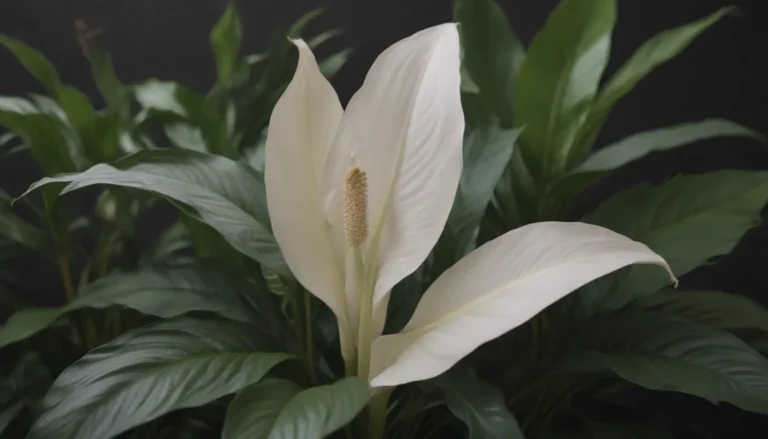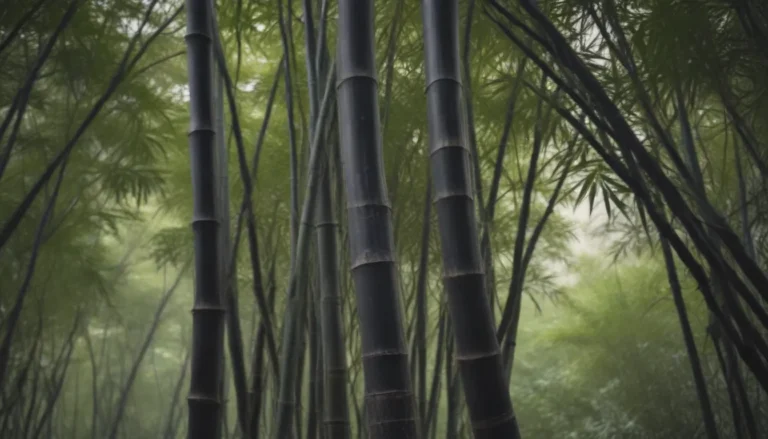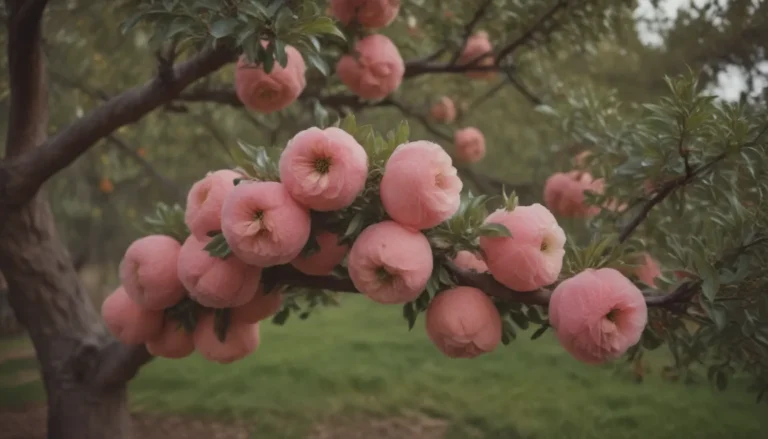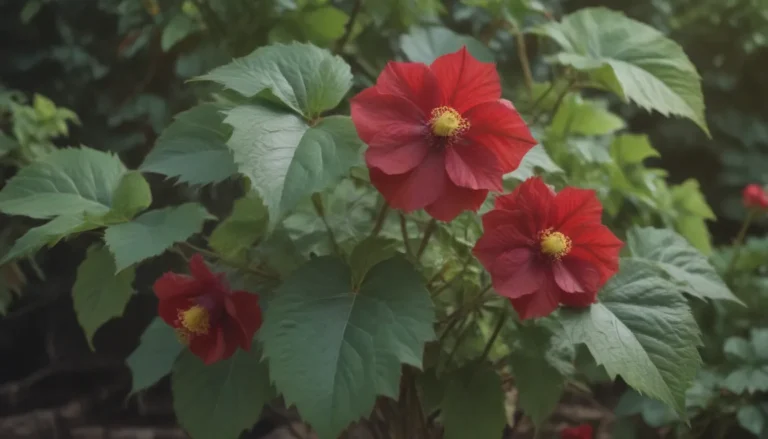The Best Roses for Shady Gardens: A Comprehensive Guide
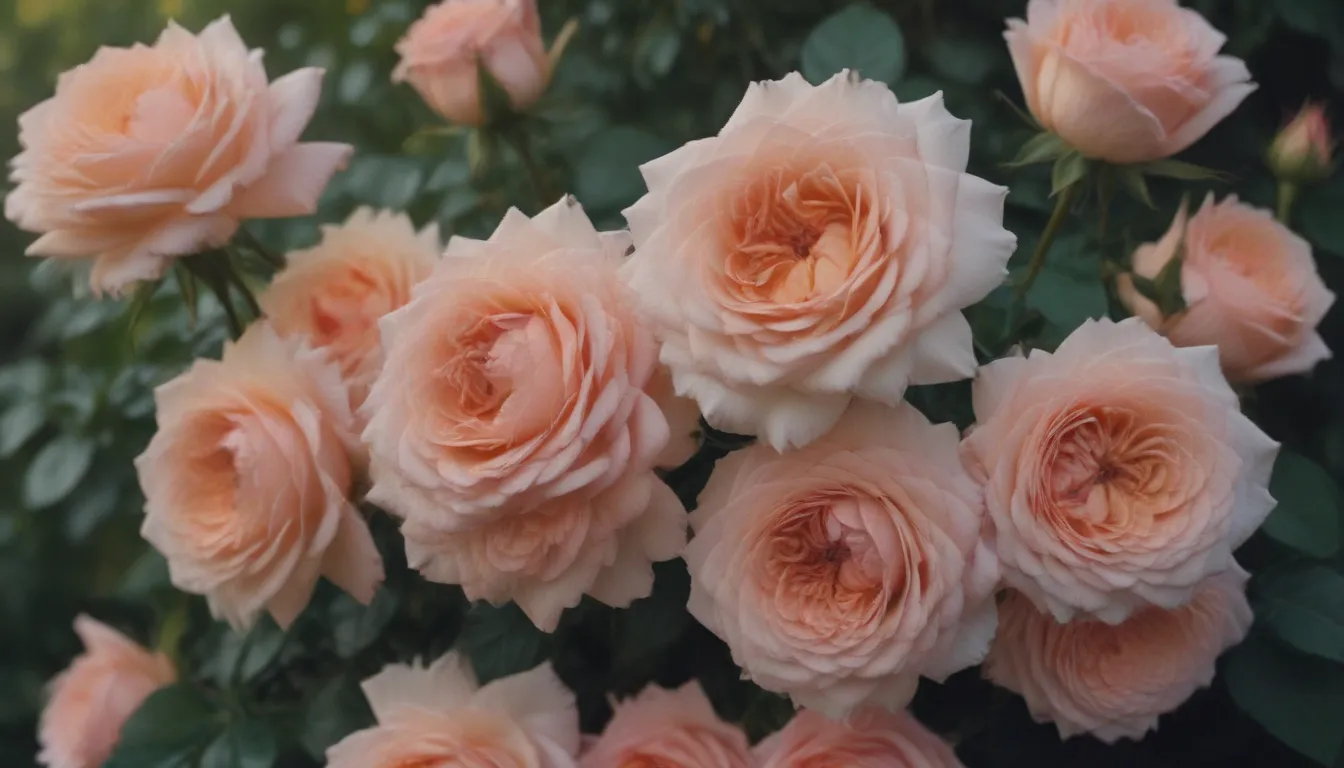
Roses are typically considered full-sun plants, but that doesn’t mean you can’t enjoy them in your shady garden. While most roses require six to eight hours of sunlight to thrive, there are varieties that can still bloom beautifully with a little less sun. In fact, some roses may even benefit from a bit of shade, as pale petaled beauties can appear more vibrant and striking in partial shade.
Understanding the official names of roses can be a bit confusing due to the intricate categorization system. The main genus, Rosa, is divided into four subgenera, with the main subgenus further divided into 11 sections. When naming a rose, the subgenus is typically followed by the original cultivar name. However, things can get complicated when multiple botanists breed the same roses from the same parents simultaneously, or when commercial companies develop different trademarked versions of the same cultivar. This can result in the same plant having multiple names depending on where and when you purchase it.
Here are 18 roses that are well-suited for shady conditions:
‘Anthony Meilland’ Rose
- Deep, rich shade of yellow that does not fade
- Mild fragrance with a second bloom in late summer
- Ideal for borders, hedges, and mass plantings
- Native Area: USDA Growing Zones
- Sun Exposure:
‘Ballerina’ Rose
- Dainty, five-petaled blooms of pink and white in clusters
- Disease-resistant with a lovely fragrance
- Can bloom into the fall with attractive hips
- Native Area: USDA Growing Zones
- Sun Exposure:
‘Carefree Wonder’ Rose
- Adapts to almost any conditions
- Exceptional blossoms with a high quantity of flowers
- Repeat bloomer with pink blooms and white reverse
- Native Area: USDA Growing Zones
- Sun Exposure:
‘Eden Climber’ Rose
- Large, old-fashioned rose with pastel blooms
- Pleasant scent and attractive foliage
- One of the most floriferous climbers
- Native Area: USDA Growing Zones
- Sun Exposure:
F. J. Grootendorst Rose
- Tough and dependable hybrid rugosa
- Small, bright red blossoms in clusters
- Varieties available in pink and white
- Great specimen plants that can grow tall
- Native Area: USDA Growing Zones
- Sun Exposure:
Fair Bianca
- Pure white blooms with a spicy scent
- Pest-resistant, cold hardy, and heat tolerant
- Heavy bloomer from mid-summer to fall
- Native Area: USDA Growing Zones
- Sun Exposure:
‘Golden Showers’ Rose
- Bright yellow blossoms with a honey-like fragrance
- Continuous flowering climber
- Ideal against walls or structures
- Native Area: USDA Growing Zones
- Sun Exposure:
‘Gruss an Aachen’ Rose
- Clusters of salmon pink double flowers
- Profuse bloomer that tolerates partial shade
- Compact floribunda for borders or hedges
- Native Area: USDA Growing Zones
- Sun Exposure:
‘Ice Meidiland’ Rose
- Easy-care ground cover rose
- Beautiful white, pink-shaded blossoms
- More civilized and pest-resistant than other ground cover roses
- Native Area: USDA Growing Zones
- Sun Exposure:
‘Iceberg’ Rose
- Classic floribunda with icy-white double blossoms
- Available as a shrub, standard, weeping standard, or climber
- World Federation of Rose Societies Hall of Fame inductee
- Native Area: USDA Growing Zones
- Sun Exposure:
Red Knock Out Rose
- Disease-resistant and easy-growing
- Incredibly drought-tolerant with continuous blooming
- Highly resistant to black spot
- Native Area: USDA Growing Zones
- Sun Exposure:
‘Marmalade Skies’ Rose
- Tangerine-colored blooms with continuous flowering
- Compact plant ideal for low borders or as a specimen
- Blooms early summer through fall
- Native Area: USDA Growing Zones
- Sun Exposure:
‘Mary Rose’ Rose
- Dark pink buds open to pale pink rosettes with honey fragrance
- David Austin English Rose with repeat-flowering capabilities
- Disease-resistant and shade tolerant
- Native Area: USDA Growing Zones
- Sun Exposure:
‘New Dawn’ Rose
- Beautiful, fragrant, and disease-resistant
- Inducted into the World Federation of Rose Society Hall of Fame
- Double pink flowers that fade to soft pink
- Blooms in spring and late summer
- Native Area: USDA Growing Zone
- Sun Exposure:
‘Passionate Kisses’ Rose
- Continuous blooming floribunda with salmon-colored flowers
- Compact rose ideal for borders and containers
- Also known as Rosa ‘Meizebel’
- Native Area: USDA Growing Zones
- Sun Exposure:
‘Playboy’ Rose
- Shade-tolerant with glossy green foliage
- Orange-scarlet semi-double blooms that fade to deep red
- Heavy bloomer with good disease resistance
- Ideal for borders, landscape, or as a hedge
- Native Area: USDA Growing Zones
- Sun Exposure:
‘Seafoam’ Rose
- White blooms on a mounding ground cover or short climber
- Cold hardy and adaptable plant
- Great as an edger or in mass plantings
- Native Area: USDA Growing Zones
- Sun Exposure:
‘Zepherine Drouhin’ Rose
- Thornless climber with deep cerise-pink blooms
- Old-fashioned rose fragrance with easy training and trellising
- Prone to fungal problems in high humidity
- Native Area: USDA Growing Zones
- Sun Exposure:
Growing Tip
While these 18 roses thrive in partial shade conditions, it’s important to note that “part shade” is different from “full shade.” For roses to flourish, they require at least 4 to 5 hours of direct, unfiltered sunlight per day. Insufficient sunlight can result in fewer blooms and leggy stems. Be sure to provide adequate sunlight for your roses to ensure their health and vibrancy.
Remember, roses are versatile plants that can adapt to different growing conditions. With the right care and attention, you can enjoy a beautiful display of roses in your shady garden. Do your research, choose the right varieties, and watch your roses thrive in partial shade!
